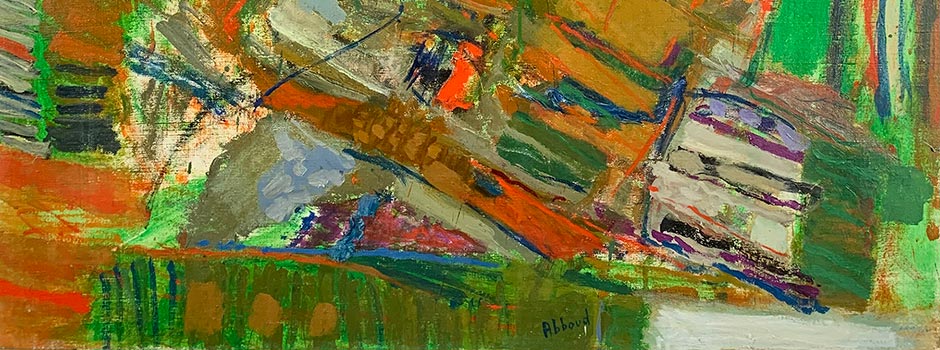
Abu Dhabi Art (19 - 26.11.2020) Elmarsa Gallery Presents a Group of Leading Modern Arab Painters
Nov 19, 2020 EVENT, Art Fair

The exhibition presents a selection of important abstract works, mostly oil paintings and a unique large-scale bronze sculpture, by a group of thirteen influential figures of modern art from North Africa and the Middle-East. From Beirut to Tehran and Algiers, artists in the wake of their artistic career travelled frequently to Europe, especially to France, to pursue their training at the heart of the art world. The emergence of diverse modern art movements in Western painting in the mid-twentieth century influenced the pioneers of Arab modern art, who came into their own around the 1950s and 1960s as they engaged in abstract art movements and developed new approaches of painting. Representing profound emotions and universal themes, the works on view at the booth provide insight into the work of these prominent Arab modernists who celebrated nature and spirituality.
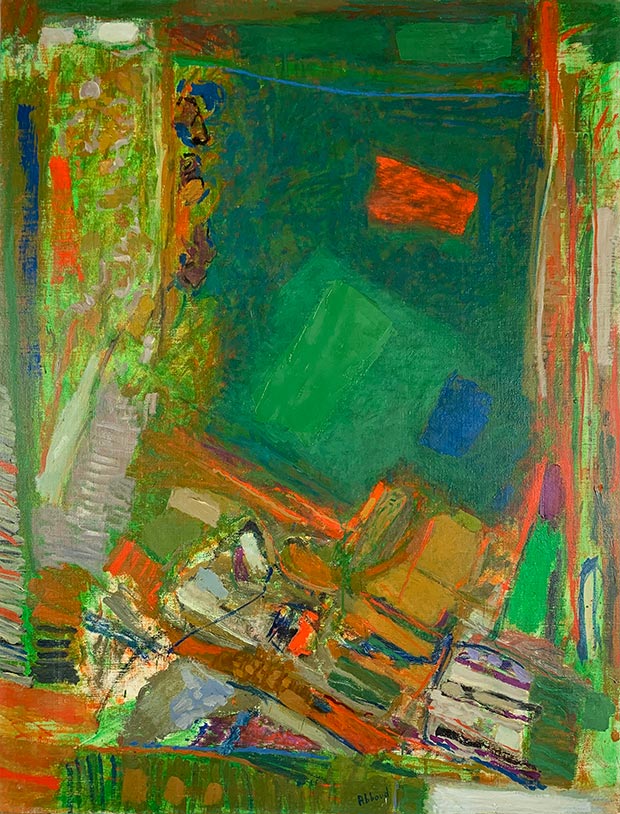 Chafic Abboud, Le chant du tapis, 1974, Oil on canvas, 116 x 89 cm / Courtesy of Elmarsa Gallery
Chafic Abboud, Le chant du tapis, 1974, Oil on canvas, 116 x 89 cm / Courtesy of Elmarsa Gallery
Le chant du tapis, 1974 by prominent Lebanese Shafic Abboud (1926-2004), a vibrant oil painting reflecting Abboud’s profound interest in materiality and colour which was at the heart of international modernism in the mid-1940s at the time he settled in Paris, where he would spend much of his life. Cityscape, Beyrouth, 1954 a sublime oil landscape of the city of Beirut by one of the modern representational artists French-Lebanese George Albert Cyr (1880-1964) who was seen as the true pioneer of modern art in Lebanon. A gouache celebrating the eternal rhythms of nature L’ile enchantée, 1973 by self-taught Algerian Baya Mahieddine (1931-1998), whose work has been associated to Art Brut by French philosopher Andre Breton in his preface of Baya’s first exhibition catalogue at the Galerie Maeght in Paris in 1947.
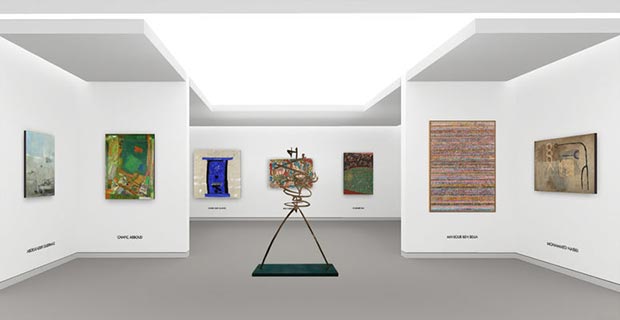 Elmarsa Gallery at Abu Dhabi Art / Courtesy of Elmarsa Gallery
Elmarsa Gallery at Abu Dhabi Art / Courtesy of Elmarsa Gallery
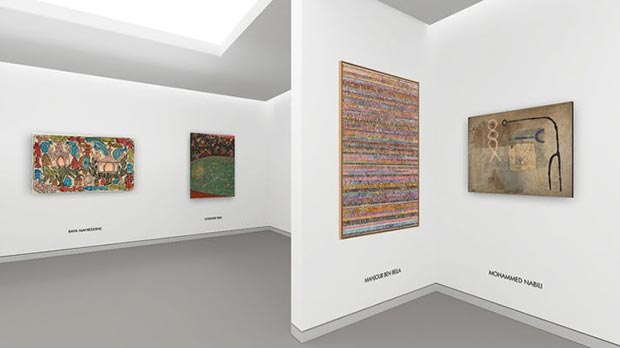 Elmarsa Gallery at Abu Dhabi Art / Courtesy of Elmarsa Gallery
Elmarsa Gallery at Abu Dhabi Art / Courtesy of Elmarsa Gallery
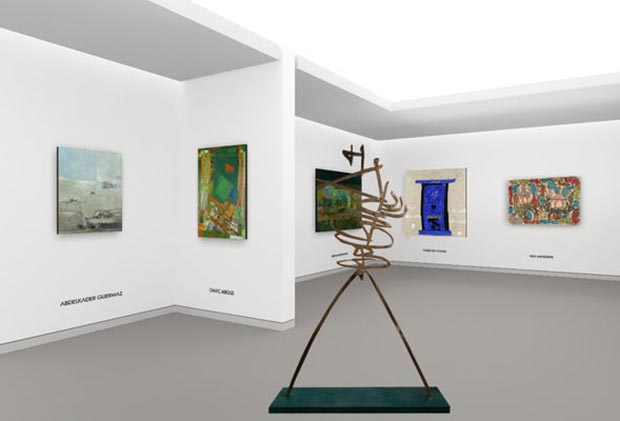 Elmarsa Gallery at Abu Dhabi Art / Courtesy of Elmarsa Gallery
Elmarsa Gallery at Abu Dhabi Art / Courtesy of Elmarsa Gallery
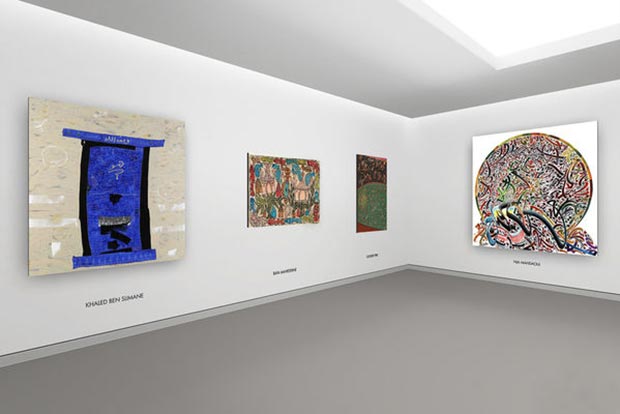 Elmarsa Gallery at Abu Dhabi Art / Courtesy of Elmarsa Gallery
Elmarsa Gallery at Abu Dhabi Art / Courtesy of Elmarsa Gallery
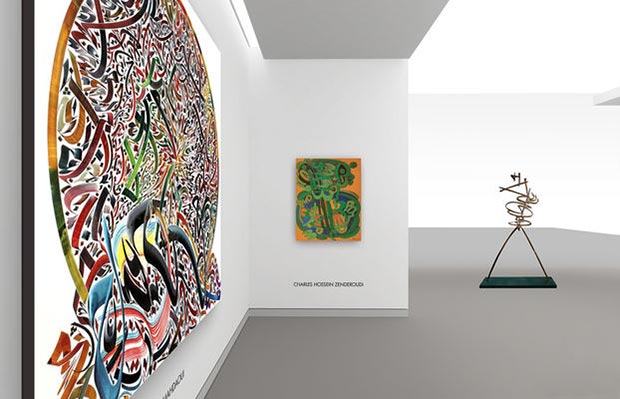 Elmarsa Gallery at Abu Dhabi Art / Courtesy of Elmarsa Gallery
Elmarsa Gallery at Abu Dhabi Art / Courtesy of Elmarsa Gallery
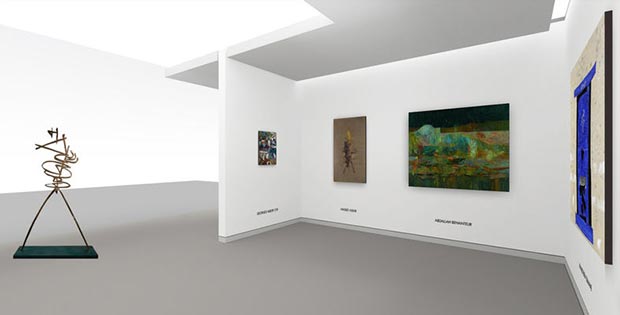 Elmarsa Gallery at Abu Dhabi Art / Courtesy of Elmarsa Gallery
Elmarsa Gallery at Abu Dhabi Art / Courtesy of Elmarsa Gallery
Early works in expressionism, non-figuration art typically representing abstract landscapes reflect how mysticism influenced landscape painting as illustrated by the oil paintings on view: Composition, 1963 by Iranian Nasser Assar (1928-2011); Calligraphy, to Atmosphère, 1979 by Algerian Abdelkader Guermaz (1919-1996); and Du côté de chez A, 1976 by Algerian Abdallah Benanteur (1931- 2017). Composition Abstraite, 1967 by Iranian Charles Hussein Zenderoudi (b. 1937) reflect how these artists sought to address their spiritual inquiries by making use of sacred calligraphy, calligrams and graphemes with new forms of self-expression in painting that tie traditional artistic values to modernism.
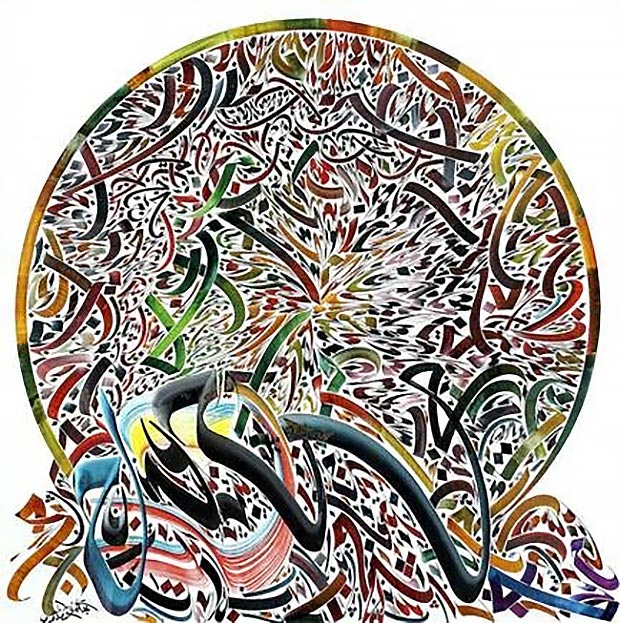 Nja Mahdaoui, Boreal I, 2018, Mixed media on canvas, 200x200 cm / Courtesy of Elmarsa Gallery
Nja Mahdaoui, Boreal I, 2018, Mixed media on canvas, 200x200 cm / Courtesy of Elmarsa Gallery
Boreal I, 2018 by Tunisian Nja Mahdaoui (b. 1937) embodies the amalgam of Arabic calligraphy, colour, and gesture in the artist’s abstract compositions. The oil painting Untitled, Circa 1980 exemplifies the distinct style of Algerian Mahjoub Ben Bella (1946-2020) characterized by a powerful synthesis of a rich Arab Islamic heritage and the Modernist style. Eventually, modern Arab artists who were working in a great diversity of styles were influenced by unconventional ways and new forms of painting as much as traditional approaches inspired by personal and cultural mythologies. Though the artists’ references are culturally specific, they address universal themes, as exemplified in the work of Algerian Rachid Koraichi (b. 1947) and his bronze sculpture Les Prieurs III, 2015, or of Tunisian Khaled Ben Slimane (b. 1951) and his Sufi painting Ya Latif I, 2016.
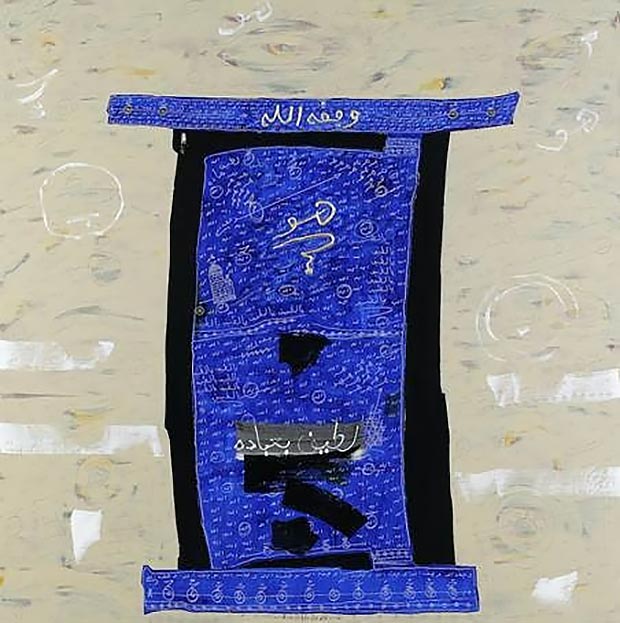 Khaled Ben Slimane, Ya Latif I, 2016, Acrylic on canvas, 160 x 160 cm / Courtesy of Elmarsa Gallery
Khaled Ben Slimane, Ya Latif I, 2016, Acrylic on canvas, 160 x 160 cm / Courtesy of Elmarsa Gallery
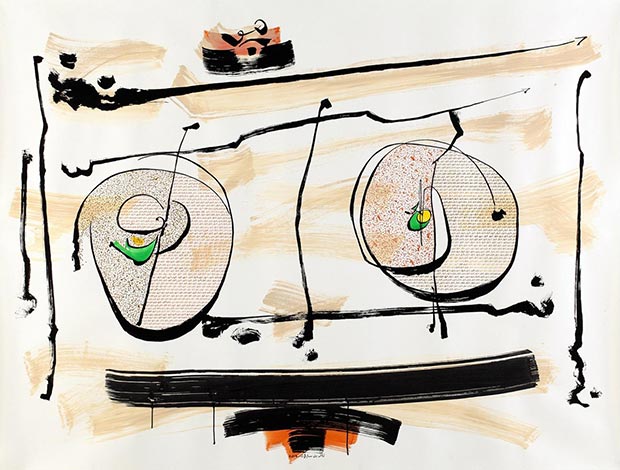 Khaled Ben Slimane, Exploration I, 2014, Acrylic on Canson paper, 152 x 201 cm/ Courtesy of Elmarsa Gallery
Khaled Ben Slimane, Exploration I, 2014, Acrylic on Canson paper, 152 x 201 cm/ Courtesy of Elmarsa Gallery
The transformative experience of Arab pioneers who engaged in abstract art movements, as early as in the 1950s and 1960s, has paved the way for artists who had begun to emerge in the 1970s and 1980s, and also influenced the emergence of contemporary artists into the international art scene in the 2000s. The exhibition also shows the abstract surreal composition Le Prix de la Liberté, 2014 by Tunisian Gouider Triki (b. 1949) and Composition Abstraite, 1986 by Moroccan artist Mohamed Nabili (1952-2012).
Comments
Add a comment